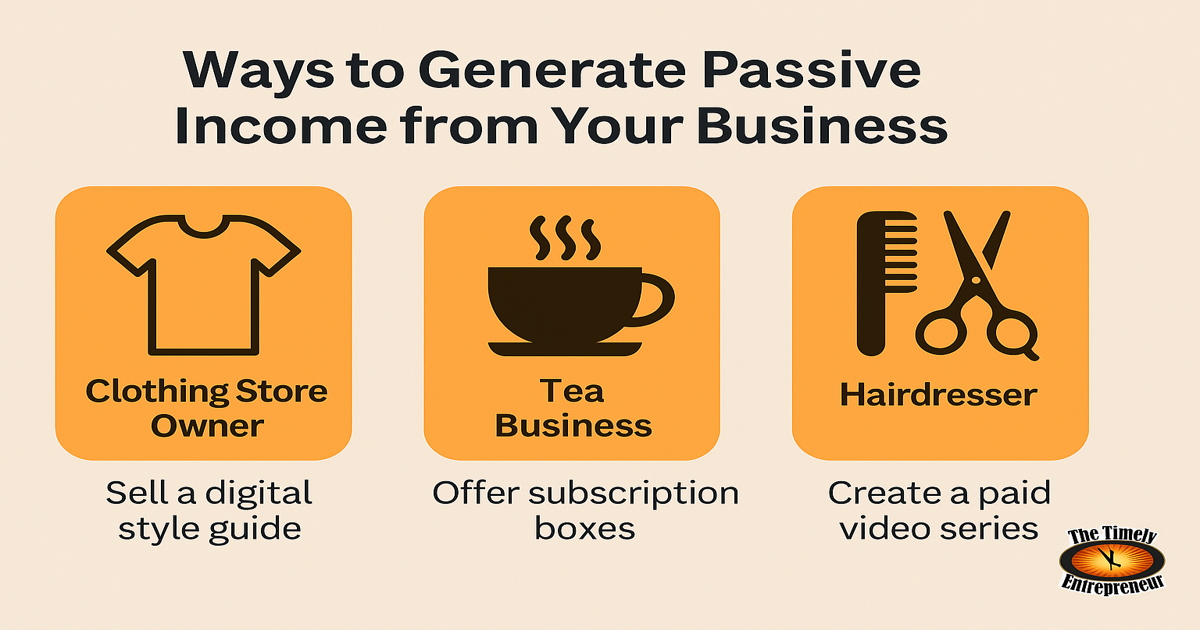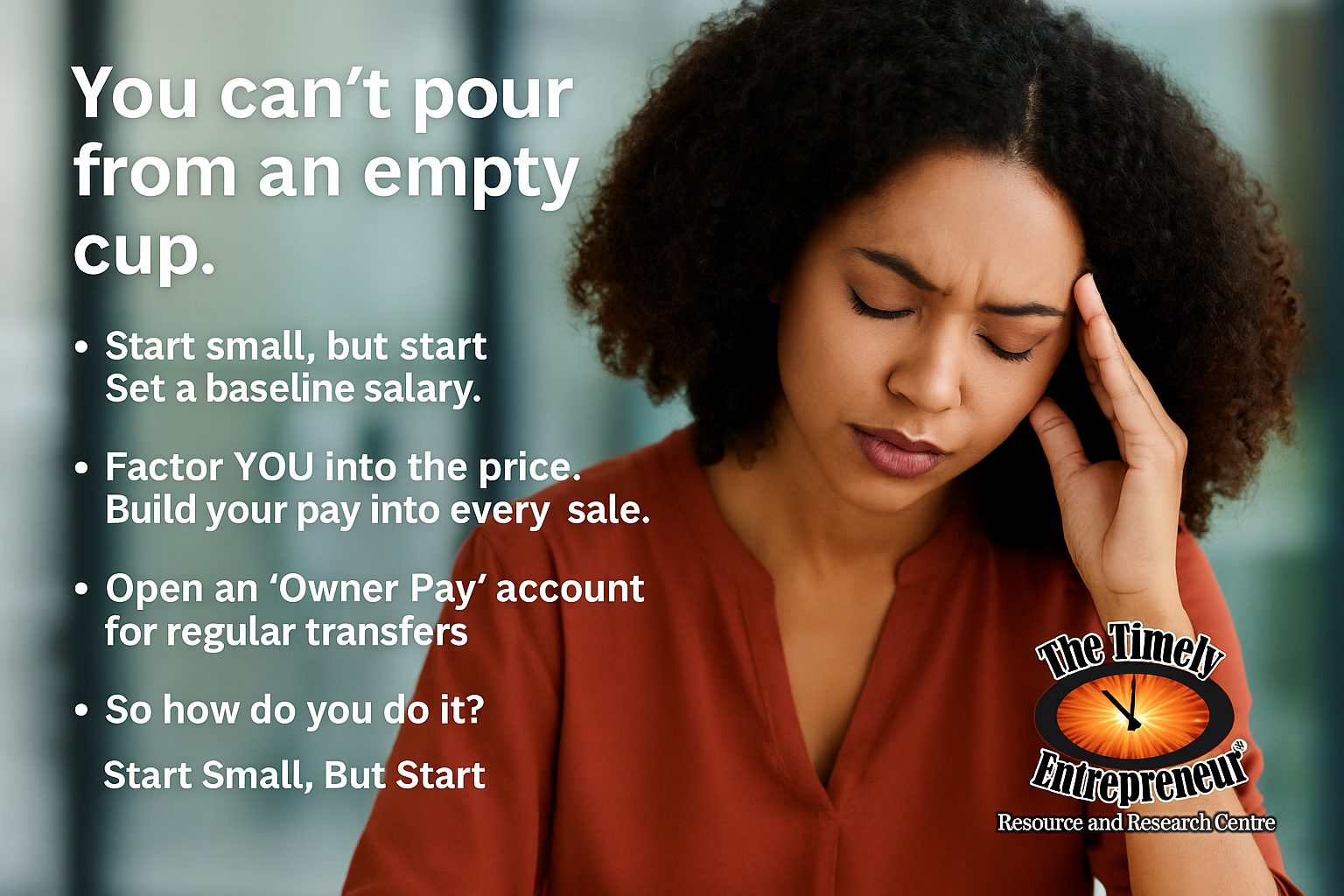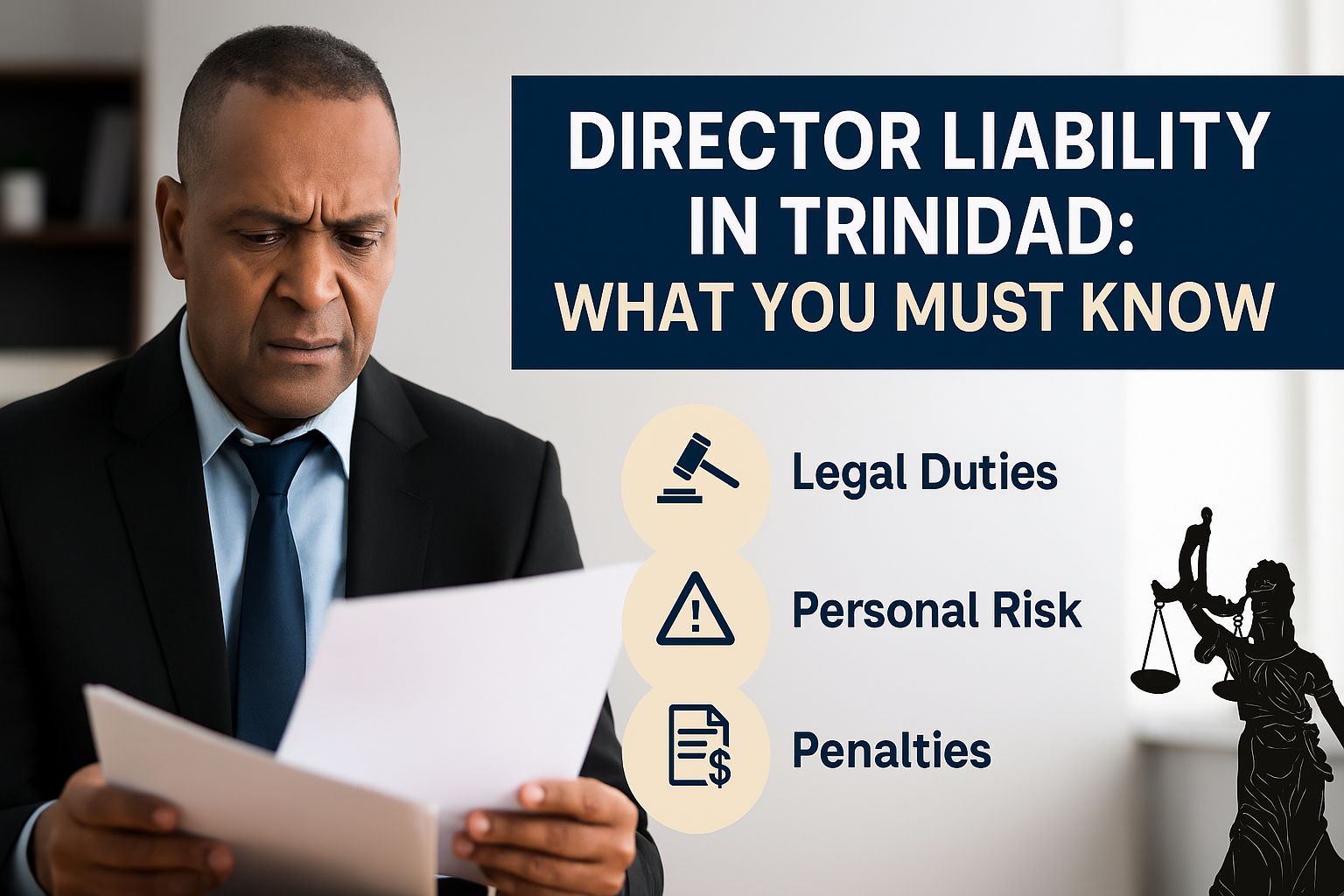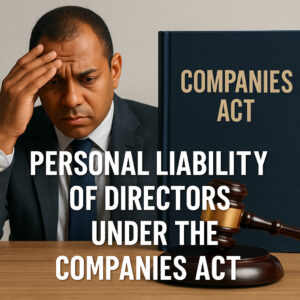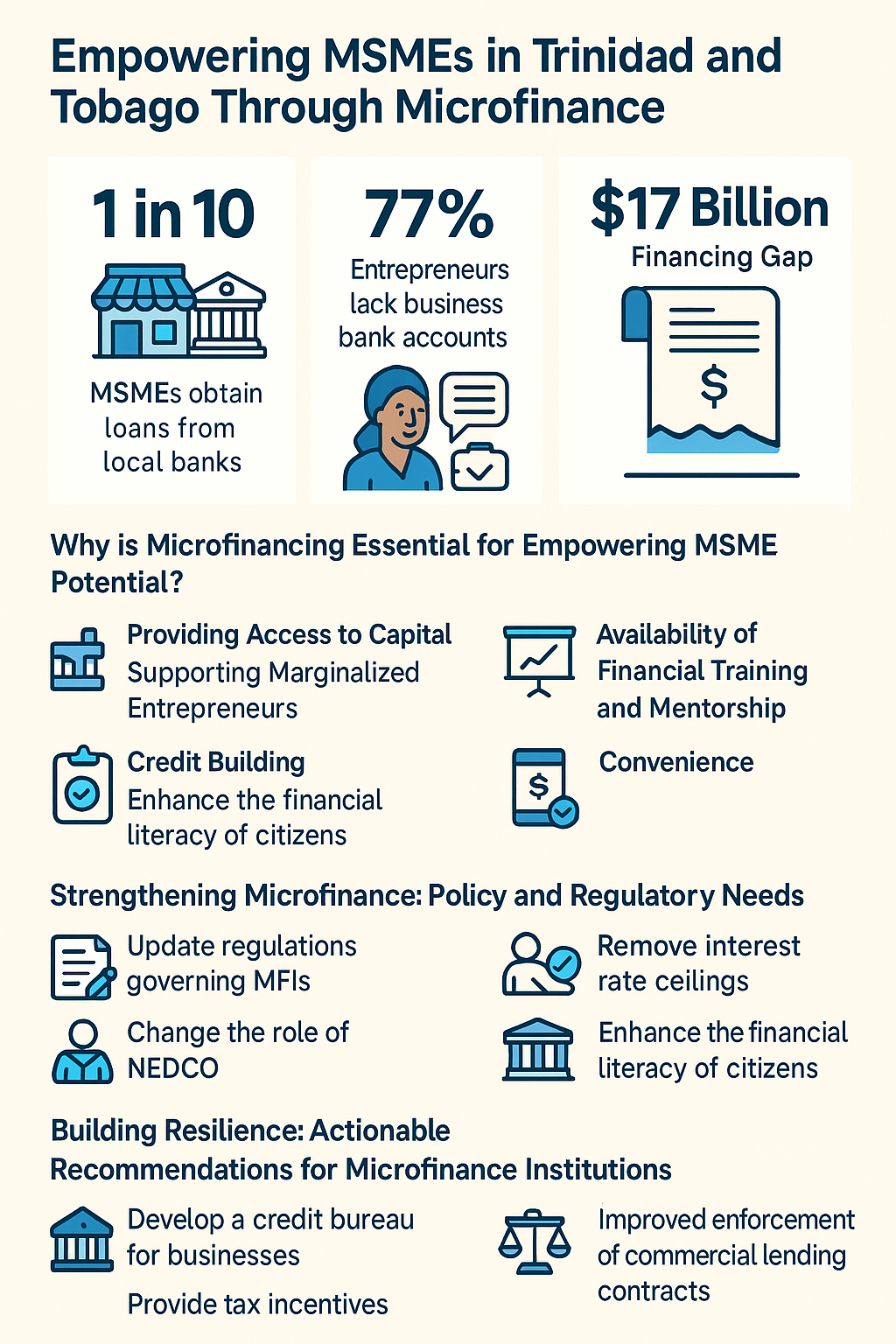
“Our population is ageing, and it is doing so rapidly. In 1980, only about five per cent of our citizens were aged 65 or older. Today, that number stands at over 11 per cent. By the year 2060, it is expected to more than double to 26 per cent. Think carefully about what that means.”
“This is a reality that this government refuses to ignore. The national insurance system is already under serious strain. ” – Davendranath Tancoo, Minister of Finance, Trinidad and Tobago
“DO NOT RELY SOLELY ON NIS FOR FUTURE WEALTH”
Here’s a reflective and practical look at the recent advice from Davendranath Tancoo, Minister of Finance, Trinidad and Tobago, when he urged citizens not to rely solely on the National Insurance Board of Trinidad and Tobago (NIS) for future wealth. The reference used throughout for this article is https://newsday.co.tt/2025/10/25/tancoo-build-wealth-dont-depend-on-nis/#:~:text=FINANCE%20minister%20Dave%20Tancoo%20has%20warned%20that%20TT%E2%80%99s,%28NIS%29%20and%20new%20initiatives%20to%20mobilise%20domestic%20capital. (unless otherwise stated/shown)
We’ll highlight why his advice makes sense, examine the economic and socio‐political context, and offer realistic steps individuals can follow to build their own financial resilience.
Why his message matters
Minister Tancoo made it clear that the days of depending “solely on the National Insurance System, on government assistance, are coming to an end.” He pointed out that the government intends to deepen capital markets and offer instruments that allow citizens to invest in productive assets.
From a broader perspective, this assurance stems from the fact that:
- The NIS fund is under strain: for example, the 2023-24 annual report shows withdrawals of TT$1.96 billion to cover deficits, and a decline in market value of its portfolio. https://nibtt.net/annualreport/AR2023_24.pdf
- The national economy is facing low growth, structural issues and a need for diversification away from its heavy reliance on hydrocarbons. https://www.finance.gov.tt/2025/10/13/review-of-the-economy-2025/
- As a result, expecting the NIS to deliver full retirement security or substantial wealth accumulation without individual action is risky.
The current context in Trinidad and Tobago
To put the minister’s advice into context, here are key facts:
- The economy: “Fraught with uncertainty and underwhelming, albeit steady performance, the global economy in 2025 will see its slowest growth since the COVID-19 pandemic, stemming primarily from a series of shocks from the United States (US) trade policy and other volatile geo-political tensions around the world. As such, the IMF has forecasted global growth to falter to 3.0 percent in 2025. Similarly, the World Bank (WB), expects growth to weaken to 2.3 percent in 2025, with decelerations in most economies as compared to 2024. Despite the weakened outlook, the global economy is not expected to fall into a recession.” Review of the Economy 2025 – finance.gov.tt.
- The NIS fund: It is one of the pillars of social protection, but actuarial reviews and recent data show a diminishing ratio of contributors to beneficiaries and real pressures on investment returns.
- Socio‐political factors: With pressures from inflation, global uncertainty, and structural constraints (such as dependence on one or two sectors), individuals cannot assume the status quo will persist. The government’s budget shows recognition of “deep structural imbalances” and emphasis on restoring fiscal stability.
In short: you are operating in an environment where the state-provided safety net (via NIS) is still crucial but cannot reasonably be the only foundation for wealth creation.
Realistic approaches for individuals
Here are practical steps you and other citizens can adopt, given the context:
Start by clarifying your goals.
Ask: What does “wealth” mean for me? When do I want financial independence or retirement to happen? How much income will I need then? Setting concrete targets helps you determine how much you must save and invest.
Build a savings and investment habit now.
Waiting until later reduces your flexibility. There are articles showing that in Trinidad and Tobago, saving more than the typical 10 % of income can make a big difference in wealth accumulation.
Given the environment, aim for a savings rate you can sustain, and channel that into assets beyond just deposit accounts, because inflation erodes cash value.
Diversify away from depending solely on NIS or one asset class.
Since NIS cannot guarantee generous outcomes alone, it makes sense to build multiple income/asset streams: e.g., equities, property, mutual funds, small business ventures, and so on. Minister Tancoo’s focus on enabling citizens to invest in public bonds and Real Estate Investment Trust (REITs) suggests the government sees capital market participation as a vector.
Real estate trust to unlock ‘national wealth’ to ordinary citizens
By spreading risk, you reduce exposure to any single failure point.
Use available local instruments wisely, while keeping an eye on global possibilities.
The government is launching new vehicles (such as a state real-estate vehicle and a national investment fund bond) that aim to broaden participation. – see above reference article.
That said, always analyse fees, risk levels, and liquidity. Don’t automatically assume “government-backed” means zero risk. Also consider investing in global exposure where feasible (mindful of currency and access issues).
Control expenses, build an emergency buffer.
Before you invest heavily, ensure you have a buffer for shocks (job loss, illness, major repairs). Given the economic unpredictability, that buffer gives you the freedom to invest without being forced to liquidate at the wrong time.
Keep learning and adapting.
The environment will shift: changes in tax law, pension system reforms, capital market access, inflation rates, currency pressures. Stay informed. For example, many financial advisers in Trinidad & Tobago emphasize consistency and knowledge building over chasing “get rich quick” schemes.
Align with your risk appetite and timeline.
If you are early in your career, you may take more risk and favour growth assets; if you are near retirement, you may favour more stable income-generating assets. Tailor your approach rather than copying someone else’s plan.
Minister Tancoo’s message is a timely wake-up call: relying solely on the NIS (or any one system) for building wealth is increasingly risky, especially in the current socio-economic context of Trinidad and Tobago. That does not mean the NIS is useless: it still provides value and should be part of a broader context of financial planning. But it means you should take responsibility for your financial future, build habits, diversify, and adapt.
You already have strong entrepreneurial acumen and a business development mindset. Apply those same skills to your personal financial journey: set clear targets, treat your savings like a business income stream, evaluate risk and return, monitor performance, and adapt as the landscape changes.




